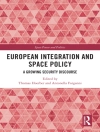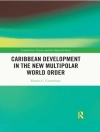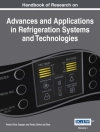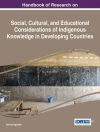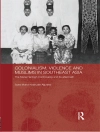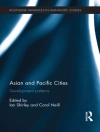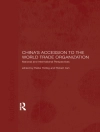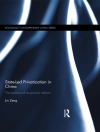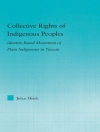In the nineteenth-century, fractional calculus had its origin in extending differentiation and integration operators from the integer-order case to the fractional-order case. Discrete fractional calculus has recently become an important research topic, useful in various science and engineering applications. The first definition of the fractional-order discrete-time/difference operator was introduced in 1974 by Diaz and Osler, where such operator was derived by discretizing the fractional-order continuous-time operator. Successfully, several types of fractional-order difference operators have then been proposed and introduced through further generalizing numerous classical operators, motivating several researchers to publish extensively on a new class of systems, viz the nonlinear fractional-order discrete-time systems (or simply, the fractional-order maps), and their chaotic behaviors. This discovery of chaos in such maps, has led to novel control methods for effectively stabilizing their chaotic dynamics.
The aims of this book are as follows:
Contents:
- Discrete Fractional Calculus
- Chaotic Methods and Tests
- Chaos in 2D Discrete Fractional Systems
- Chaos in 3D Discrete Fractional Systems
- Applications of Fractional Chaotic Maps
Readership: Graduate students and researchers in chaos, applied mathematics, computer science and engineering.
Key Features:
- First book on the market to cover recent findings on fractional-order chaotic maps and their applications
- Targets specialist scientists from different fields of applied mathematics, computer science and engineering
- Helps the understanding of fractional-order discrete-time/difference operators, two- and three-dimensional fractional-order maps and their chaotic behaviors, as well as proposed control strategies together with synchronizations of such maps
- Offers several illustrations for fractional-order chaotic maps related to the main two themes: control and synchronization


